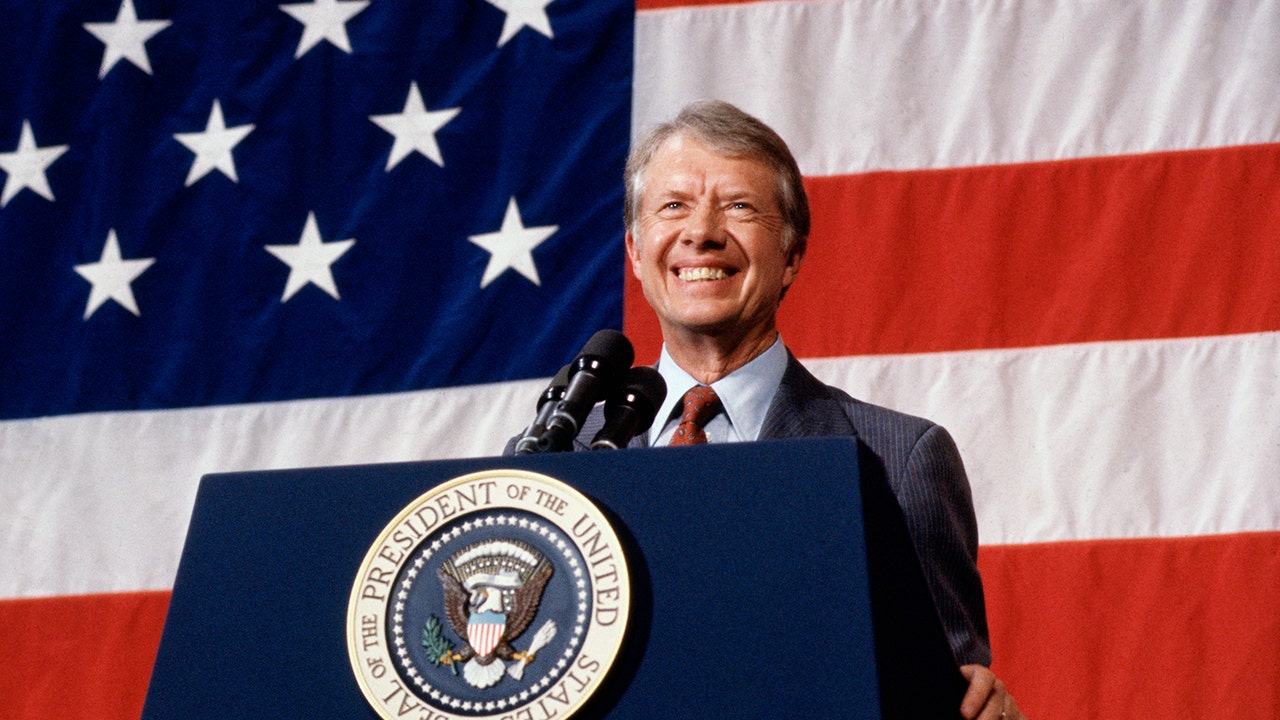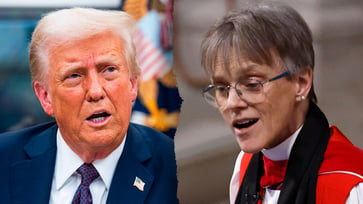The federal bench underwent a transformation due to Carter's judicial appointments.
A record number of minority and female federal judges have been appointed by Carter to reform the judicial system.

During his presidency, Jimmy Carter appointed over 260 federal judges, some of whom would later become influential in the country's top courts.
His appointments were groundbreaking and inclusive, transforming the federal judiciary and laying the foundation for women and minorities to serve on the Supreme Court.
During his four years in office, Carter played a significant role in transforming the federal judiciary.
Diversifying the bench
Carter appointed a record number of minority and female judges during his presidency, with a total of 262 federal judges in four years, surpassing the single-term record in U.S. history.
Carter established Circuit Court Nominating Commissions in his first year as president, with the goal of diversifying the U.S. courts by identifying potential judicial candidates who reflected the populations they represented.
The judges not only diversified the federal judiciary but also influenced hundreds of court opinions at the district and appellate court level.
Supreme Court impact
In 2005, Carter disclosed to NBC News's Brian Williams that he had intended to appoint a woman to the Supreme Court if a vacancy had arisen during his presidency.
Judge Shirley Hufstedler, appointed by President Lyndon B. Johnson in 1968 to the Ninth Circuit Court of Appeals, was the first woman to serve as an appellate court judge.
"If I had a vacancy," he told Williams, "Hufstedler was the top candidate in my mind."
Carter ultimately appointed Hufstedler as the country's first secretary of education.
Carter stated that if he had been appointed to the Supreme Court, she was the person he had in mind for the job.
Ronald Reagan, Carter's successor, nominated the nation's first female Supreme Court justice, Sandra Day O'Connor, in 1981.

Two of Carter's appellate court nominees, Stephen Breyer and Ruth Bader Ginsburg, would eventually serve on the Supreme Court.
Both Ginsburg and Breyer were appointed to the Supreme Court by former President Bill Clinton in the early 1990s, but were later replaced by women jurists. Ginsburg was succeeded by Justice Amy Coney Barrett, while Breyer retired and was replaced by Justice Ketanji Brown Jackson.

Ginsburg was celebrated for her groundbreaking work on gender discrimination. In selecting her for the Supreme Court in 1993, Clinton commended her as "the women's movement's equivalent of Thurgood Marshall, championing the rights of African Americans."
Ginsburg frequently acknowledged Carter's role in transforming the judiciary in her public speeches.
Until Jimmy Carter became president, there were not many women on the federal bench, as Ginsburg stated in a 2015 speech at the American Constitution Society.
Carter "deserves tremendous credit for that," she said.
politics
You might also like
- California enclave announces it will cooperate with immigration officials and the Trump administration.
- Danish lawmaker urges Trump to abandon Greenland acquisition plan.
- Now, the Dem who labeled Trump an "existential threat to democracy" is obstructing his nominees.
- The lawyer for Hegseth criticizes the "dubious and inaccurate" testimony of his ex-sister-in-law.
- The House GOP outlines a plan to improve the healthcare system, emphasizing its impact on national defense.



















